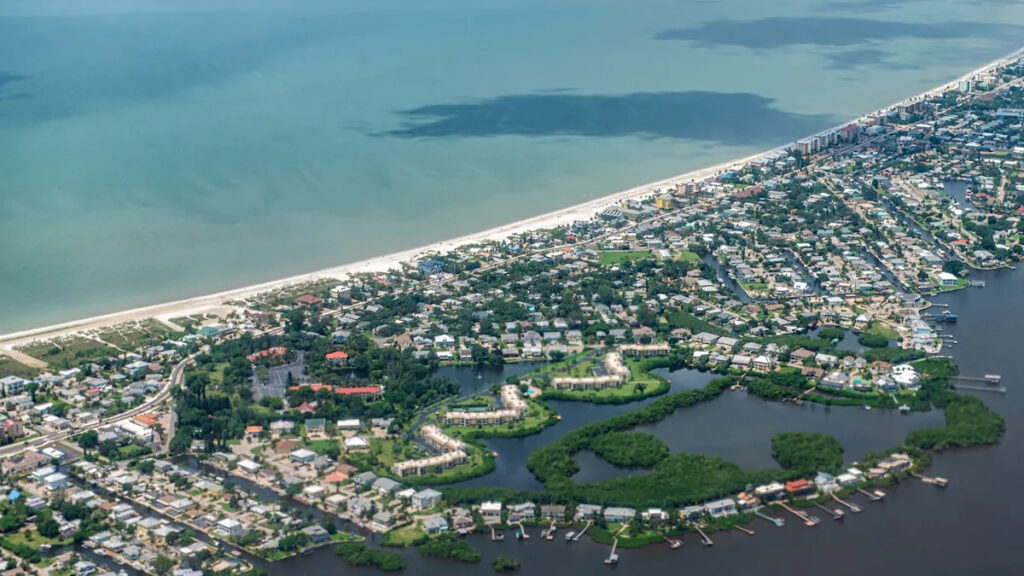A new report has revealed that as the risks of extreme weather events grow, it could render parts of Florida uninsurable in the future.
What’s happening?
Florida Insider reported that a study modeling the climate risks in the Sunshine State found that home insurance premiums in Fort Myers Beach have skyrocketed in the last five years. The rates climbed from an already pricey average of $9,000 annually in 2019 to an eye-watering $14,000 in 2024. The situation is equally unsustainable statewide, as premiums have climbed 30% since 2021.
A climate risk specialist, Jeremy Porter, told the outlet: “We haven’t adequately measured climate risk in our risk modeling during the past few decades. We’re currently playing catch-up, which is quickly raising insurance prices, and individuals are feeling the impact on their household budgets.”
As more Floridians are priced out of homeowners insurance, the state is forced to take on an increased share of the burden. Additionally, this has a knock-on effect on property values and disincentivizes investment in the area. The Wall Street Journal described the idyllic coastal city of Cape Coral as “the worst housing market in America.”
Why are rising insurance rates such a concern?
Rising global temperatures caused by human activity are fueling the extreme weather events that are making parts of Florida virtually uninsurable. Warmer ocean temperatures and rising sea levels are creating the ideal conditions for more frequent and devastating hurricanes. For example, Hurricane Ian in 2022 caused several deaths and over $112 billion of property damage and prompted half a million insurance claims.
Florida is far from the only state contending with steeply rising insurance costs caused by the climate-induced increased risk to insurers. Areas prone to wildfires in California have seen steep rises, and some insurers are simply pulling out of states altogether.
What’s being done to mitigate the risks of extreme weather events?
The new reality requires some rethinking about real estate in Florida and other at-risk areas. Revisions to the building code, such as Japan’s earthquake-resistant designs, to make homes more resilient against hurricanes, would be a good start.
It will also require greater public awareness of the inherent risks and the solutions. More sustainable building materials could make it easier to rebuild after a disaster strikes and reduce the considerable pollution footprint of the construction industry.
Join our free newsletter for good news and useful tips, and don’t miss this cool list of easy ways to help yourself while helping the planet.

